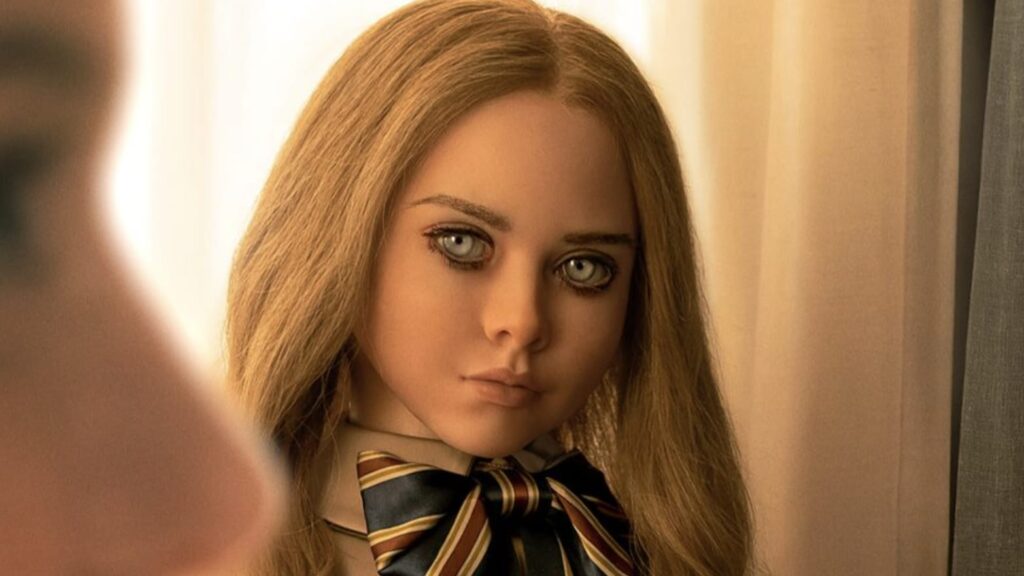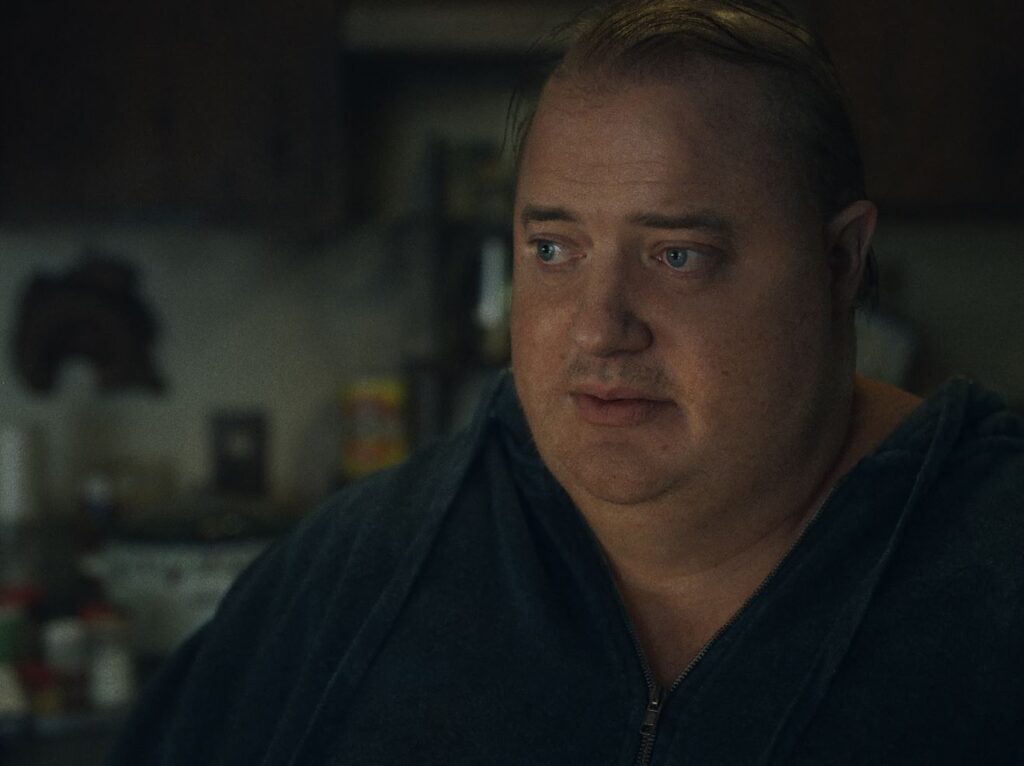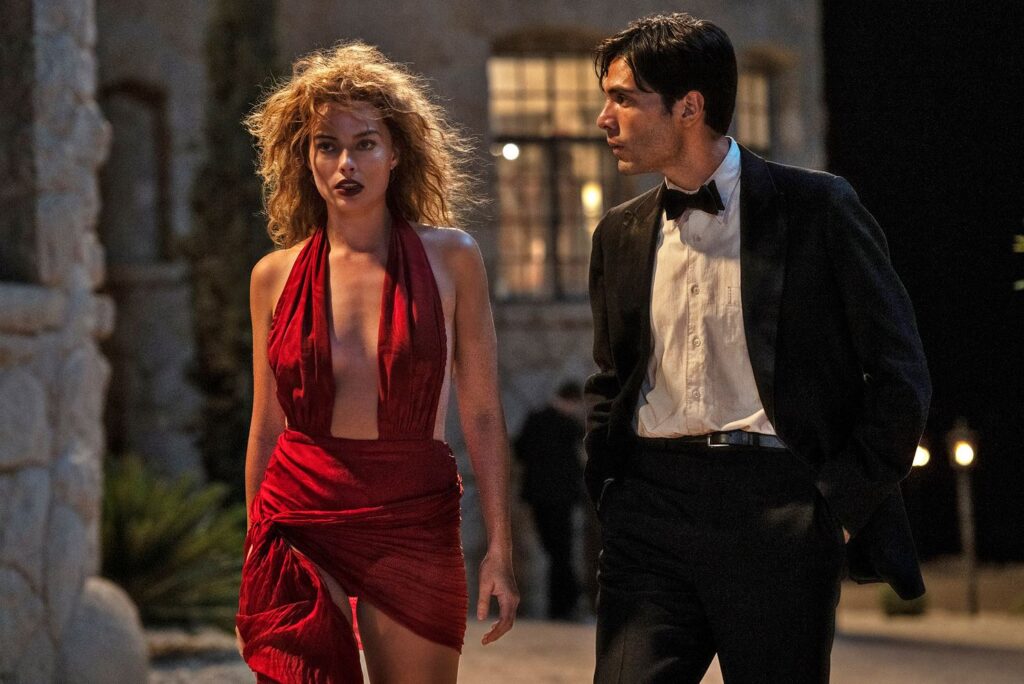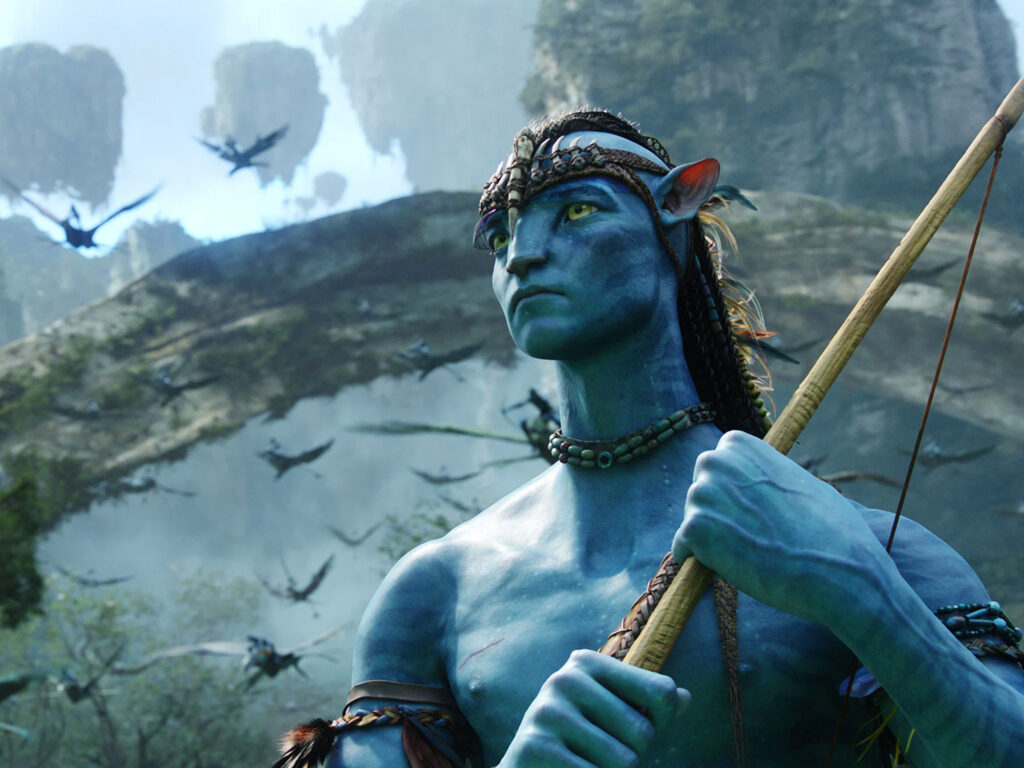Oscars 2022: Nomination Predictions
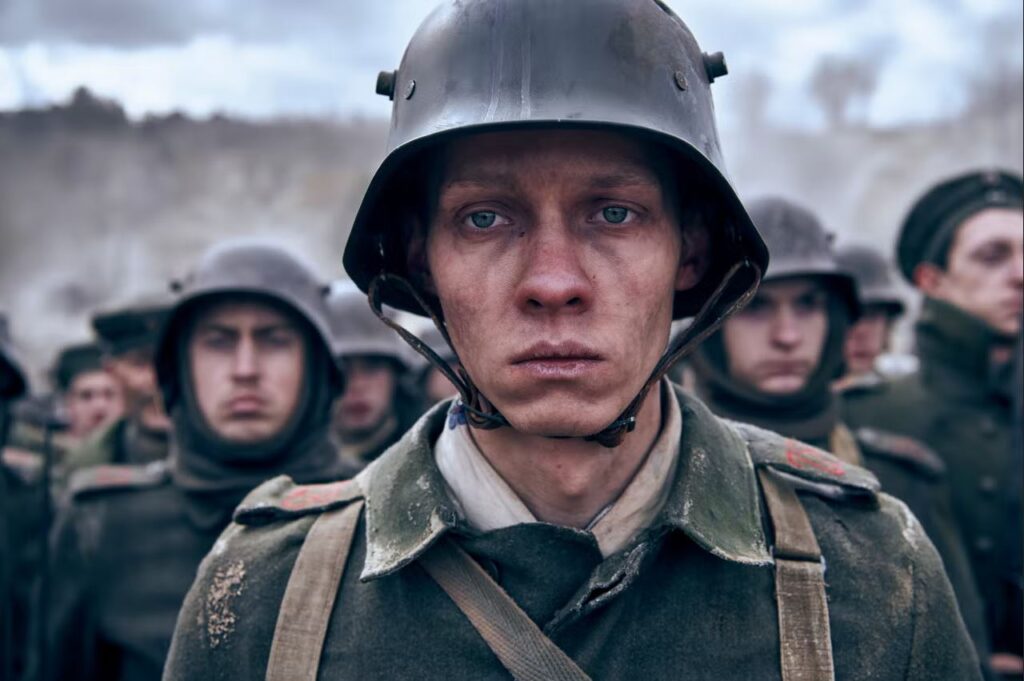
The nominations for this year’s Academy Awards are set to be announced on Tuesday morning, an annual tradition that’s invariably met with a combination of fanatical nitpicking and performative indifference. It is fashionable, almost mandatory, for critics to express their disdain toward Hollywood’s annual self-congratulatory gala, and for good reason: The Oscars don’t matter. Or at least, they can’t change your attitudes about the specific movies you loved, hated, and argued about. They’re a collective approximation of individual tastes, which inherently makes them a fool’s errand.
And yet, the only thing worse than caring about the Oscars is ignoring them. This isn’t because the Academy somehow confers prestige upon their chosen selections—quite the opposite, as winning an Oscar often carries with it a vaguely negative connotation of middlebrow safeness—or even because its picks can influence the types of movies that awards-hungry studios are more (or less) likely to green-light in the future. It’s because they preserve in amber the industry’s extant preferences and expectations. It is always illuminating to look back and remember the Academy’s choices, whether you do so with fondness (“Hey, remember when The Departed won Best Picture?!”) or exasperation (“Ugh, remember when Green Book won Best Picture?”). Read More

